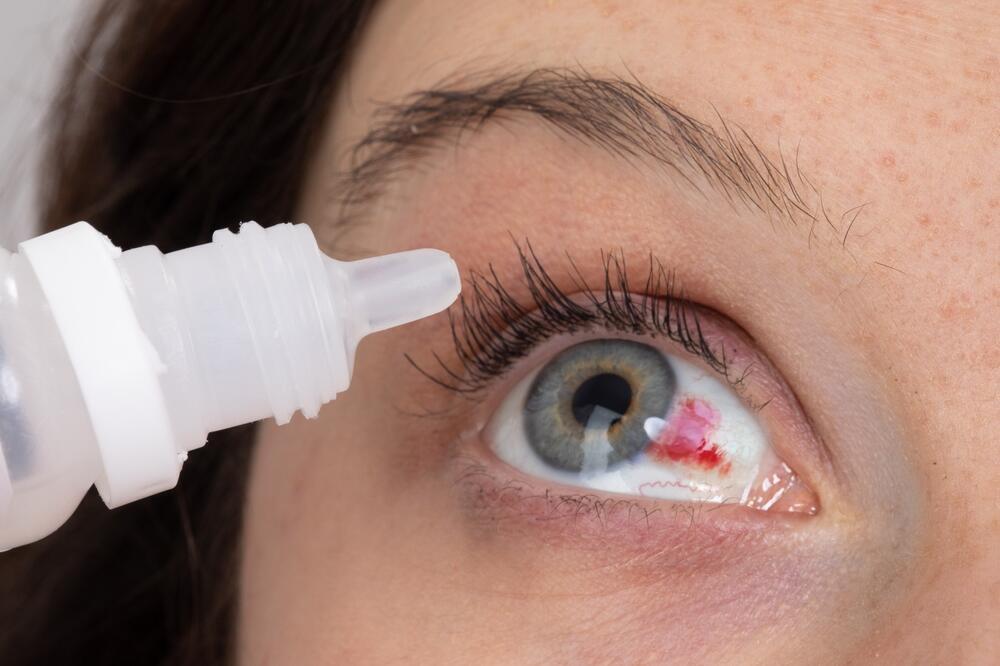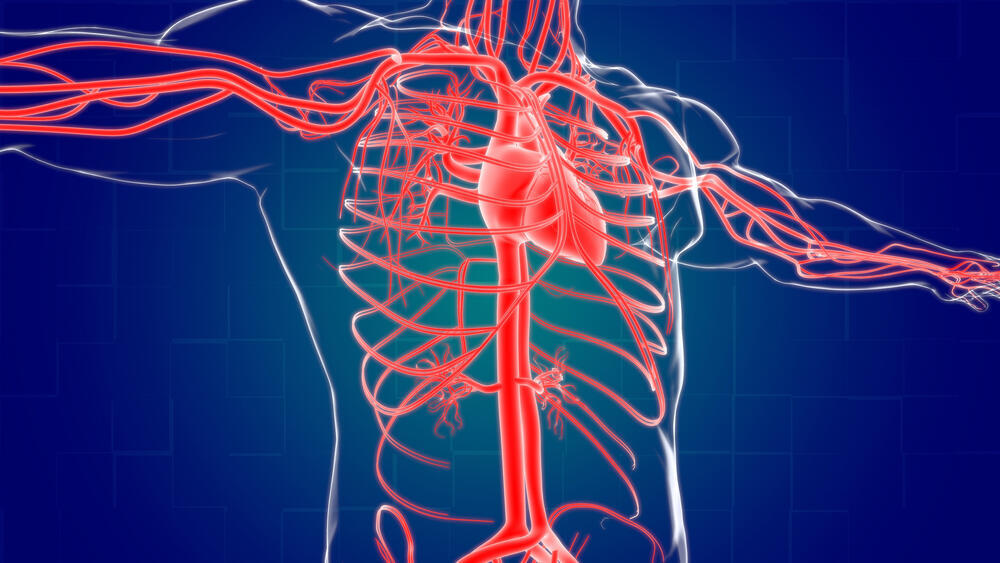A sudden red blotch on the white of the eye can look dramatic, but in most cases, it’s not dangerous. The condition, known as a subconjunctival hemorrhage, occurs when a tiny blood vessel bursts beneath the clear surface layer covering the white part of the eye.
This type of bleeding is typically painless, doesn’t affect vision and clears up on its own within a few days to two weeks. However, in some cases — particularly in older adults or when the issue recurs — it may signal an underlying health concern that requires investigation.
According to Dr. Shiri Shulman, director of the Asuta Hashalom Eye Institute and head of ophthalmology at Asuta Medical Centers, the causes of such bleeding fall into two categories.
“There are local causes — such as rubbing the eye vigorously or severe dryness,” she explains. “Dry eyes have become increasingly common, mainly due to prolonged screen time, which reduces blinking, and exposure to drying environments like air conditioning or heating. Long-term use of eye drops, especially for glaucoma, can also irritate and damage delicate blood vessels.”
On the other hand, internal causes are related to systemic conditions affecting the body’s vascular system — not just the eye. One of the most significant is high blood pressure, which makes blood vessels more fragile and prone to rupture, even under minor strain. Blood-thinning medications such as aspirin, warfarin or other anticoagulants can also reduce clotting ability, making even a small eye bleed appear more prominent and last longer.
There are also everyday situations that can suddenly spike venous pressure in the body, such as coughing, sneezing, vomiting, lifting heavy objects or even straining due to constipation. In these scenarios, abdominal pressure rises, veins expand and stretch and a tiny blood vessel in the eye’s conjunctiva may burst.
“When you increase abdominal pressure, the veins become more engorged, and small vessels can rupture,” Dr. Shulman says. In most cases, she emphasizes, the hemorrhage itself is not a sign of a serious condition — unless it recurs frequently, in which case it’s important to evaluate for any underlying systemic illness.
The main symptom of a subconjunctival hemorrhage is the sudden appearance of a red or dark patch on the white of the eye. Despite its alarming look, it is usually painless and doesn’t affect vision or cause swelling. In some cases, people may feel a mild foreign-body sensation or itchiness.
“Most people don’t even notice it until they look in the mirror or someone else points it out,” says Dr. Shulman.
Typically, the hemorrhage clears on its own within one to two weeks, much like a bruise on the skin. The color fades gradually — from red to orange and yellow — before disappearing completely. No medical treatment is required, though lubricating eye drops may help ease any discomfort. It’s important to avoid rubbing the eye or exposing it to further irritation.
A study published in Clinical Ophthalmology found that in healthy young individuals, the condition is usually benign and linked to local causes such as strain, minor trauma or dryness. In contrast, in older adults, it may indicate systemic vascular issues such as high blood pressure, diabetes or atherosclerosis.
Dr. Shulman confirms this trend: “It’s generally more common in older people. In a healthy young adult, this kind of hemorrhage is usually a one-off and not concerning.”
 Dr. Shiri Shulman Photo: Assuta
Dr. Shiri Shulman Photo: AssutaWhat about contact lenses?
While wearing contact lenses doesn’t directly cause bleeding, excessive handling or rubbing when inserting or removing lenses can lead to irritation and broken blood vessels. Maintaining proper hygiene and correct lens use reduces the risk.
When should you see a doctor?
In most cases, a subconjunctival hemorrhage resolves on its own and doesn’t require medical attention. However, medical evaluation is advised if the red patch doesn’t fade within two to three weeks; it is accompanied by pain, discharge, swelling or changes in vision; it occurs repeatedly; or the individual is taking blood thinners or has a known bleeding disorder
“The bleeding itself isn’t dangerous,” Dr. Shulman stresses, “but sometimes it signals another issue, like poorly controlled hypertension. That’s why I always recommend checking blood pressure and ruling out internal causes.”
She also emphasizes the importance of distinguishing a visible subconjunctival hemorrhage from more serious internal eye bleeds, such as in the vitreous or retina. These may not be visible externally but can cause blurred or distorted vision and require immediate medical treatment.
How to reduce your risk
While it’s not always possible to prevent tiny eye vessel ruptures, a few basic precautions can help lower the likelihood: Keep blood pressure and diabetes well controlled, avoid excessive physical strain, use contact lenses correctly and hygienically, maintain good eye hygiene and refrain from rubbing your eyes.



